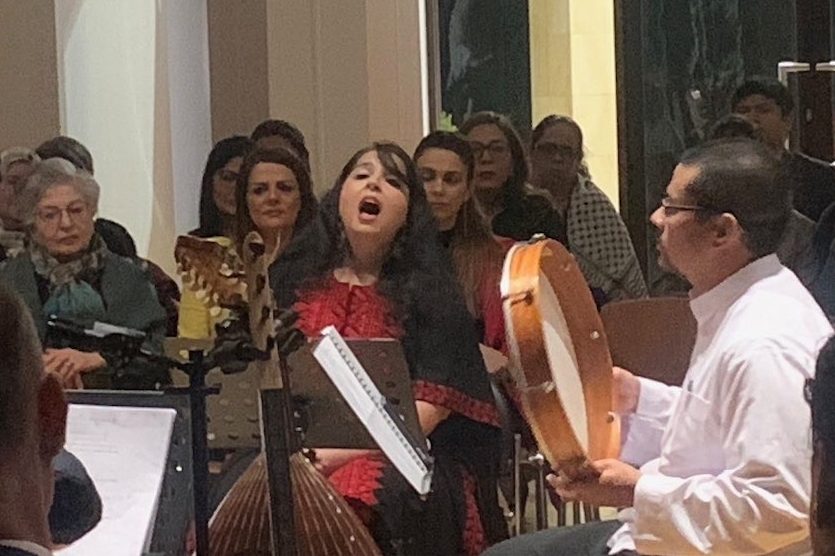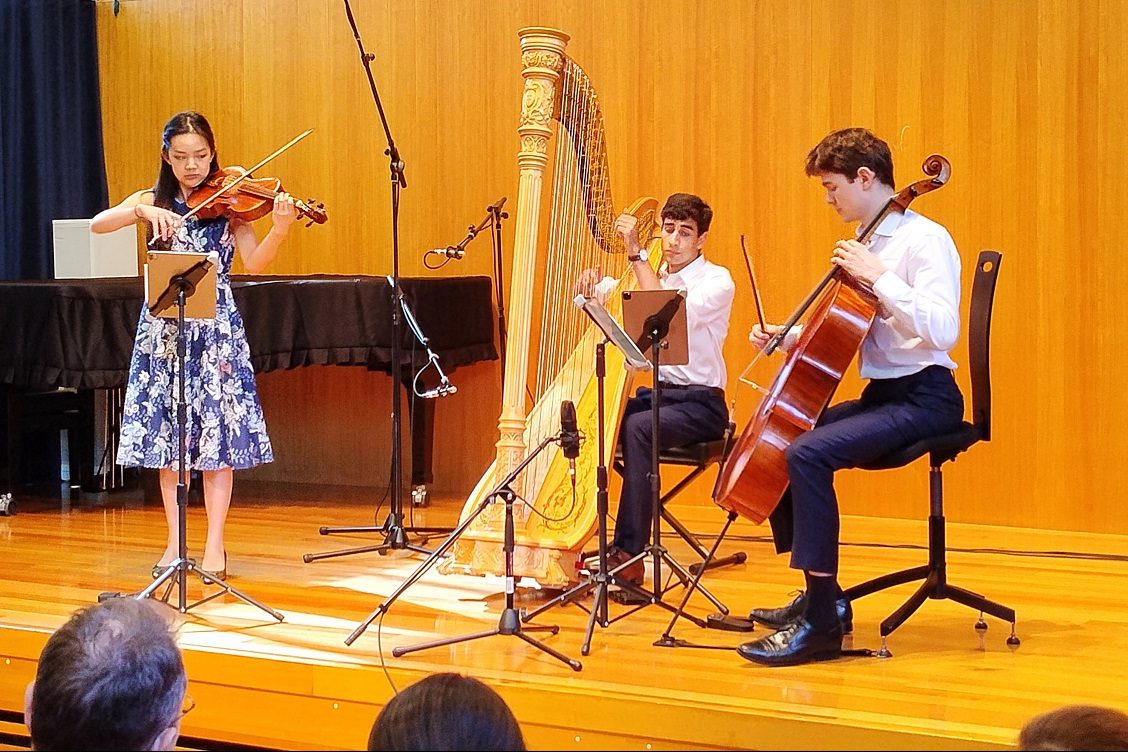
The composer fathered no legitimate children, but he did have siblings, and one Charles Frederic Giles Chopin, nicknamed “Chopper”, reputedly was a great nephew. He was born in Bega, NSW, in 1900.
Charles signed up in 1917 and went to the Western Front in early 1918. He died from war wounds exactly 100 years ago, on October 3, 1918, near Estrées, France, only about 400 kilometres from his ancestral origins, in Lorraine.
So, the Friends of Chopin Australia put together a very thoughtful program to honour the World War I Aussie diggers, as well as Charles, and, through him, his connection to the master.
In three parts – memorial concert, abroad and back home – the concert featured Chopin’s music, accompanied by a well-crafted contextualising program booklet and photographs from the times and places.
Unfortunately, the pictures, thrown to a screen adjacent to the piano, lacked contrast and definition (unsurprising given the technology available in the early 20th century). Sometimes there was barely any image at all, so the visuals were difficult to see. Some digital manipulation might have made this element more successful.
The Australian National Anthem, the “Last Post” and the ode all underscored the solemnity of the theme in the first part, while the remaining two parts remembered the role music played during the conflict and when the troops came home.
At the piano was Peter de Jager, winner of the first of the Canberra-based biennial Chopin International Piano Competition, held in 2011.
De Jager has the gentlest, most sensitive pianistic touch I have seen in a very long time. His fluid, eloquent technique yields an interpretation that is supremely elegant with extraordinary dynamic control, silky-smooth runs and the strongest confidence in those big Chopinistic chords. The only thing missing – to some extent at least – is the kind of rubato that has become the accepted styling for Chopin’s music. But this became very much secondary to his wonderfully expressive playing.
It was a long and demanding program, but de Jager absolutely nailed it. There were several highlights, capped by his light and airy, dancelike figures in the well-known “Grande Valse Brillante”. But there also was a heartfelt “Marche Funebre” from the 2nd sonata (which got fragmentary reprises in the 2nd and 3rd parts of the program) and a technically demanding, but brilliantly delivered, “Etude in C minor” Op 25 No 12, which closed the concert.
In all, de Jager gave flawless performances of 18 of Chopin’s works for piano – hard work in anyone’s language but taken very much in its stride.
Did the connection work? Resoundingly, “yes”! It was an unusual but very fitting way to honour the freedom our diggers gave us in the war to end all wars.
Who can be trusted?
In a world of spin and confusion, there’s never been a more important time to support independent journalism in Canberra.
If you trust our work online and want to enforce the power of independent voices, I invite you to make a small contribution.
Every dollar of support is invested back into our journalism to help keep citynews.com.au strong and free.
Thank you,
Ian Meikle, editor




Leave a Reply